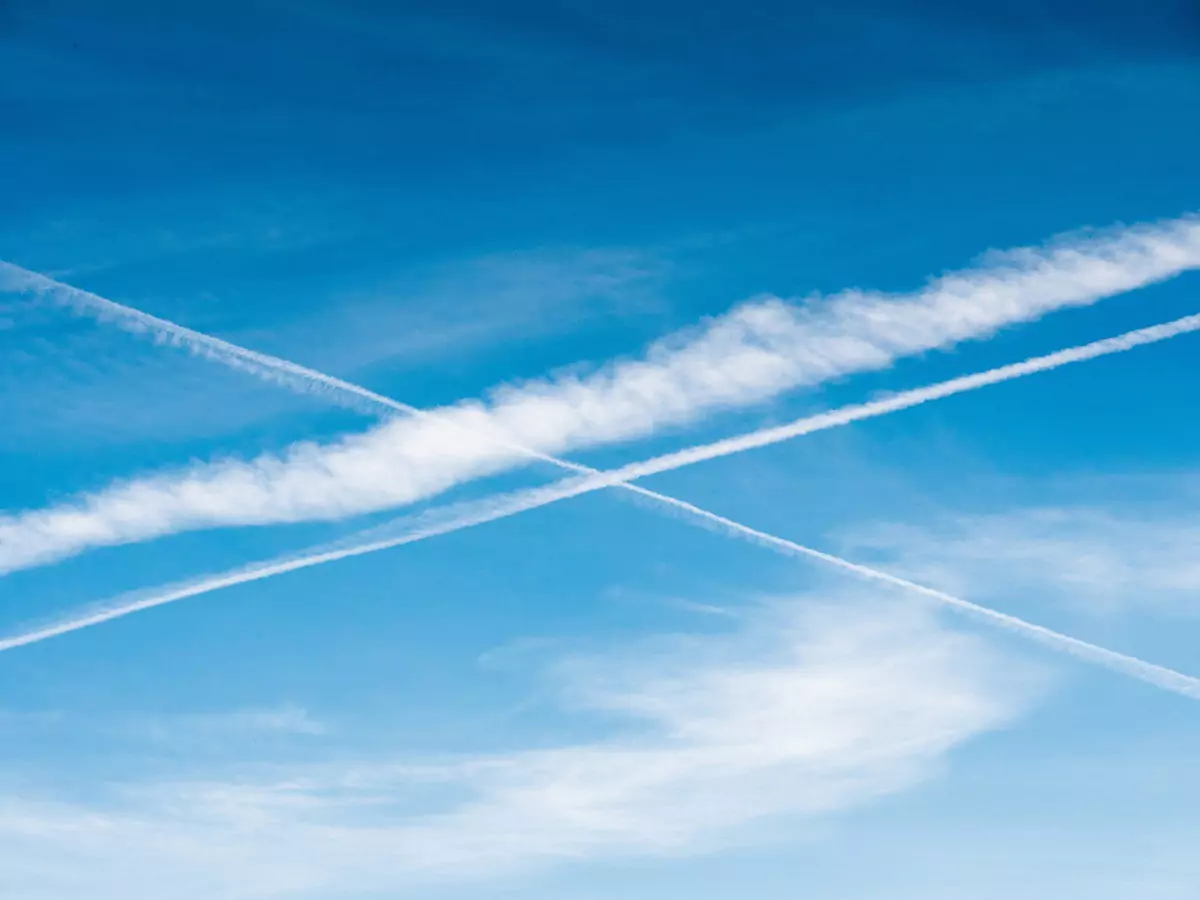Excessive or strong turbulence has increased in frequency by as much as 55% in the last 40 years, according to UK-based researchers, and climate change could be at the root of the phenomenon.
Air travel has made a spectacular comeback after the pandemic years, with millions making the most of opportunities to get away to see friends and family or to escape to destinations known and unknown.
Whilst this is great for the travel industry, it may be more of a mixed bag for travellers, whose experiences are being coloured by excessive turbulence in the skies.
WORRIES
Researchers from Britain’s University of Reading have been looking into the phenomenon. According to the data collected, they say that incidents of strong turbulent events over the Northern hemisphere have gone up by 55% over the past 40 years. They cite climate change as the cause, and they say it is only going to get worse.
In March of this year, seven people were sent to hospital after a Lufthansa flight from Texas to Germany hit a rough patch. In another similar incident, dozens were injured on a Hawaiian Airlines flight from Phoenix to Honolulu in December 2022.
JET STREAMING
Pilots have traditionally used the Earth’s air flow patterns, called jet streams, to allow faster and easier west to east travel. The jet streams, though, are becoming more and more prone to clear-air turbulence, undetectable by radar, and pose challenges to pilots who get caught out by unexpected events.
“The jet stream, which is this fast-flowing band, is getting more chaotic and stronger with global tropospheric warming,” University of Reading’s Isabel Smith told AccuWeather. “As you’re flying, [clear-air turbulence] can come out of nowhere, hit the aircraft quite suddenly, and you don’t have time to put the seatbelt sign on.”
SOLUTIONS?
Flying outside jet streams is a potential solution, but not a good one, say the experts, as flights would use more fuel to power the engines, thus contributing to the climate changes that are causing turbulence in the first place.
“We’ll probably end up with more convoluted, longer flight routes, longer waiting times, and flights will become more expensive,” said Smith.
Future planes may be built with technology to better detect turbulence, but for now, the best advice to keep from getting injured is to keep seatbelts on at all times.
Make sure you’re never left out of the conversation.
Sign up for the Monaco Life newsletter, and follow us on Facebook, Twitter, Instagram and LinkedIn.
Photo source: Tapio Haaja, Unsplash
